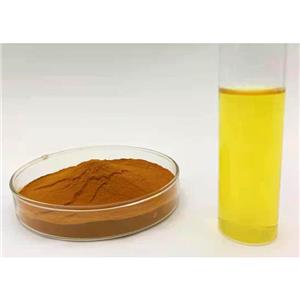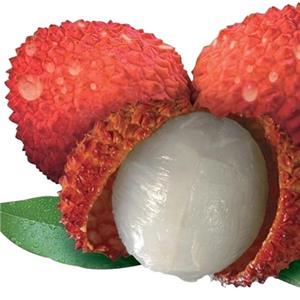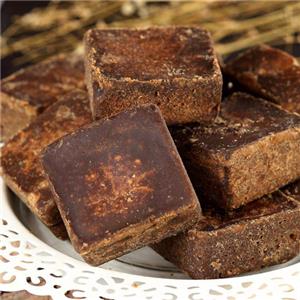A comprehensive summary of natural colors alternatives to synthetic pigments
A comprehensive summary of natural colors alternatives to synthetic pigments
01 Natural colors are an industry trend.
In the context of great health, natural colors are a major trend. The FDA previously announced that it would phase out synthetic pigments by the end of 2026.
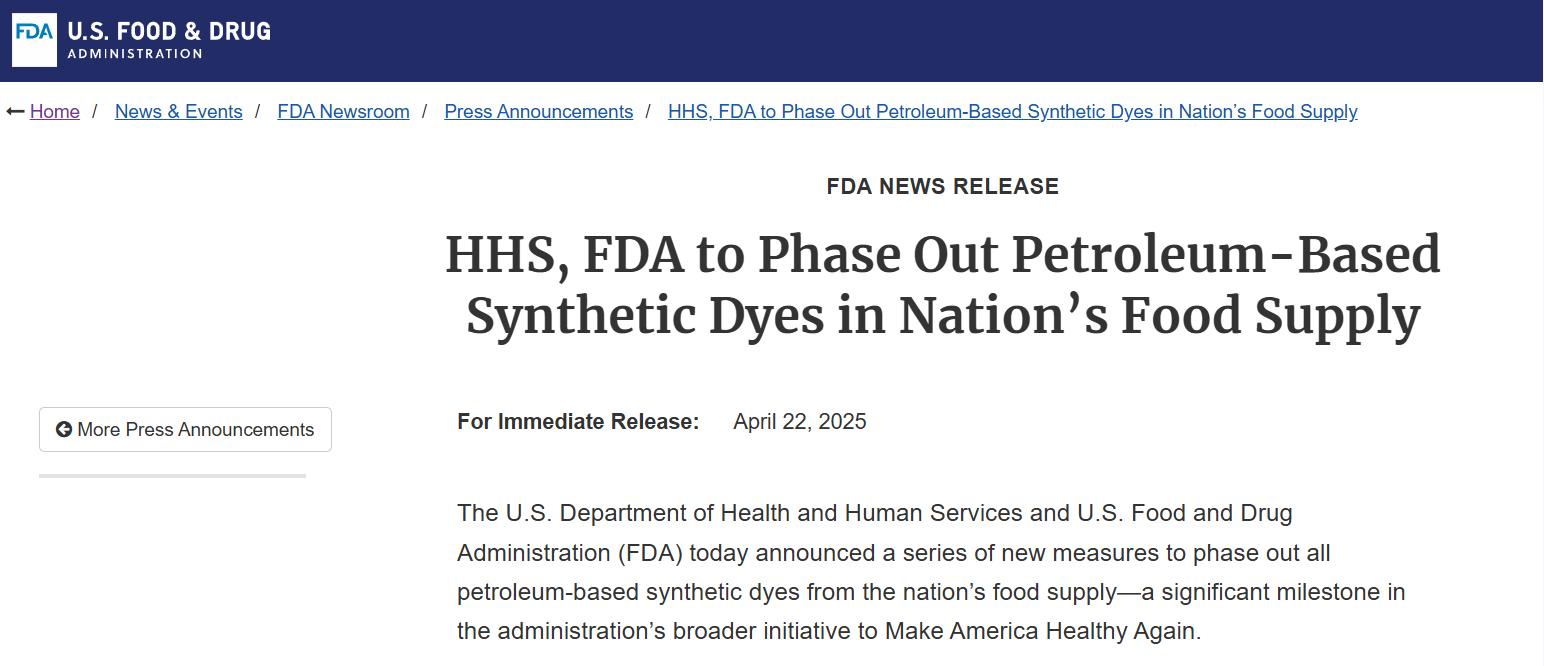
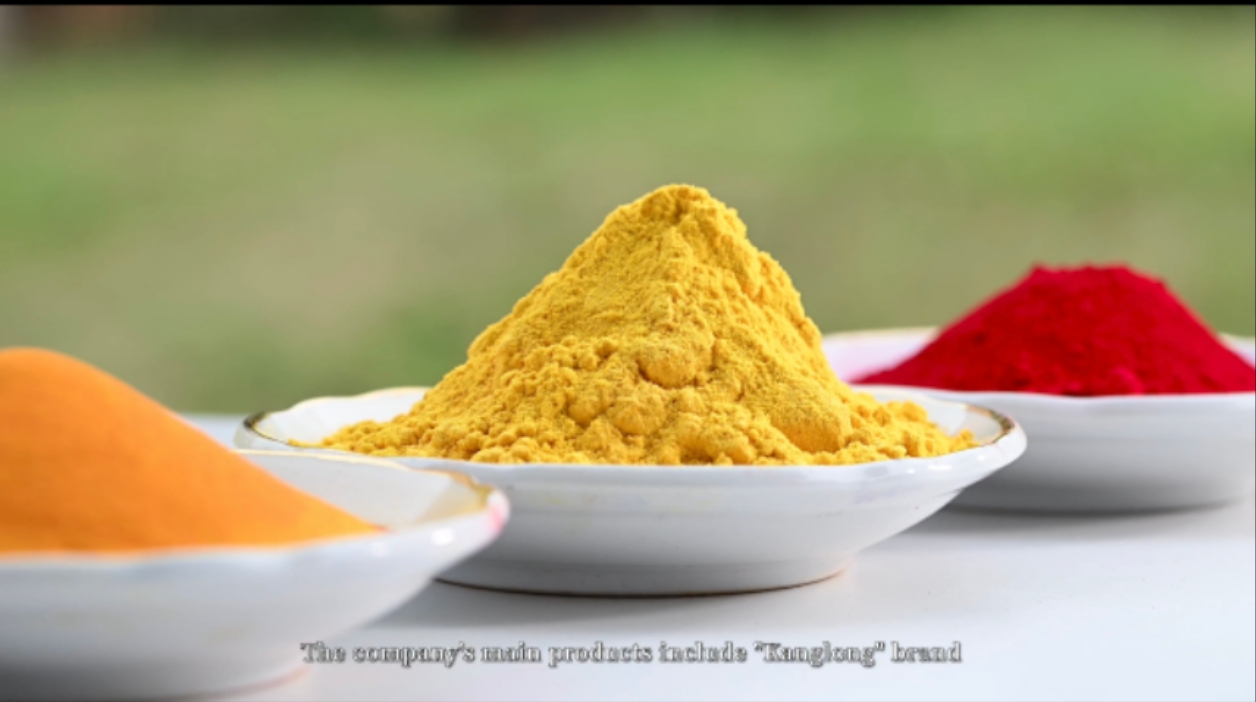
The U.S. Food and Drug Administration (FDA) recently issued a significant announcement: officially approved Gardenia(Genipin) Blue, and at the same time encouraged the industry to accelerate the phase-out of the controversial synthetic pigment FD&C Red No. 3. This policy barometer once again presses the fast-forward button for alternatives to synthetic pigments.
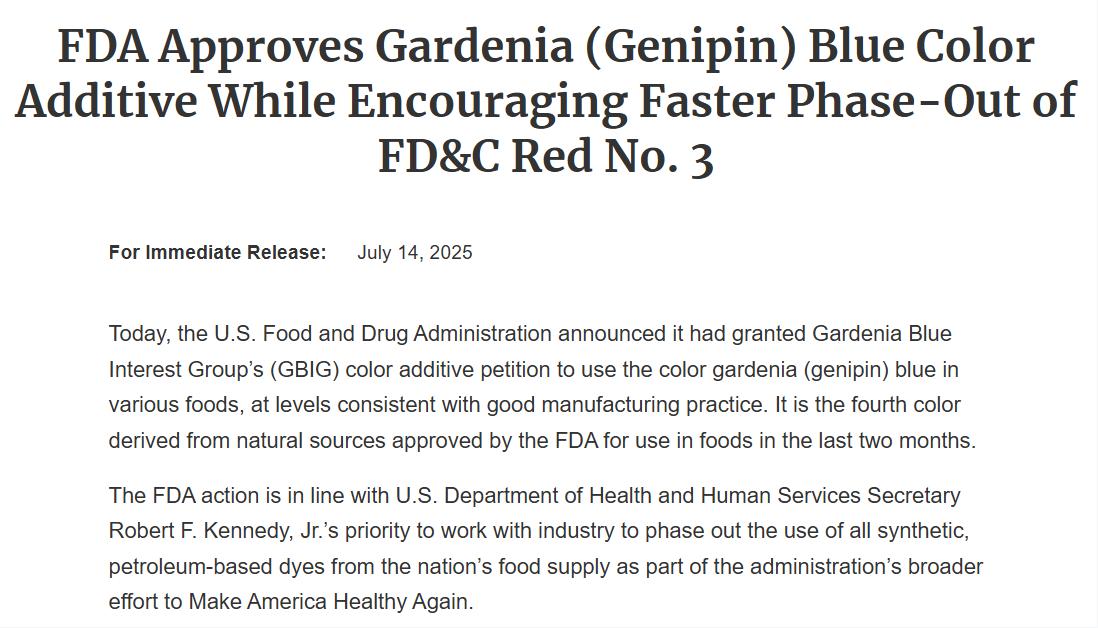
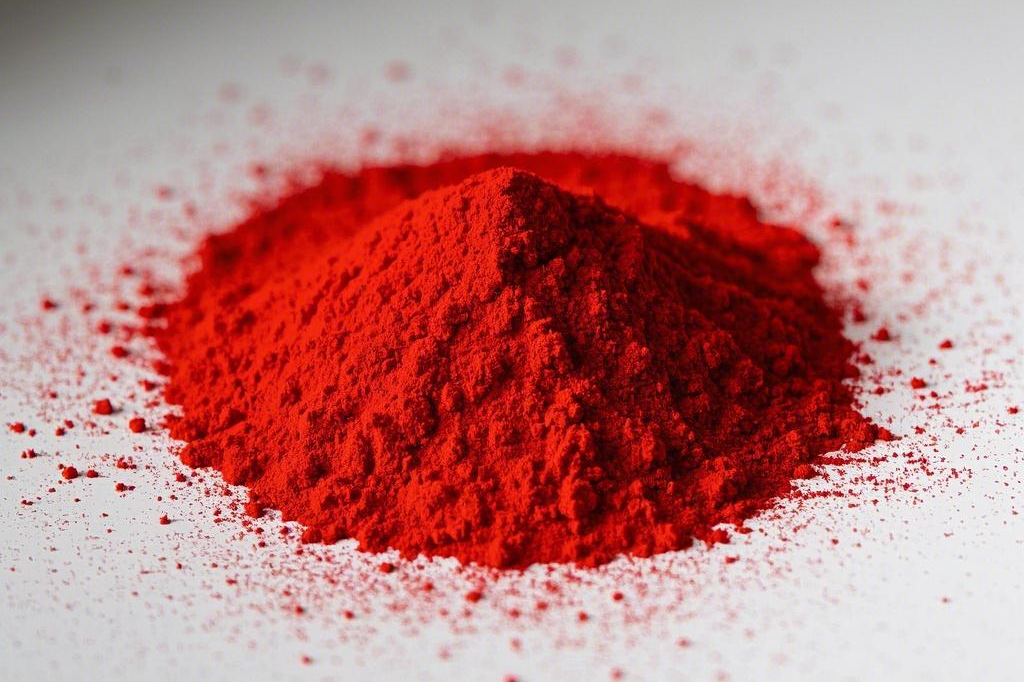
02 Which natural colors were approved by the FDA this year?
Gardenia blue is the fourth color derived from natural sources approved by the FDA for use in foods in the last two months.
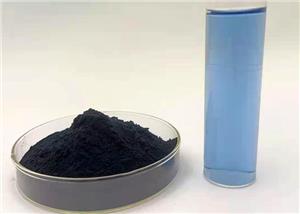
The three colors derived from natural sources approved in May were: galdieria extract blue, a blue colorant derived from the unicellular red algae Galdieria sulphuraria; calcium phosphate, a white powder; and butterfly pea flower extract, a blue color that can be used to achieve a range of shades including bright blues, intense purple, and natural greens.
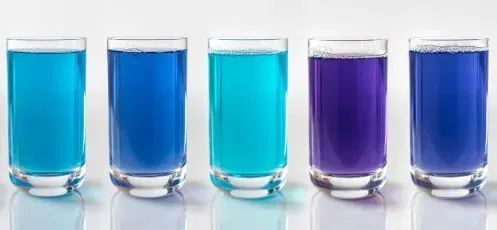
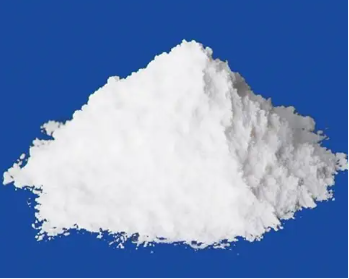
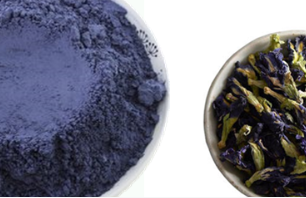
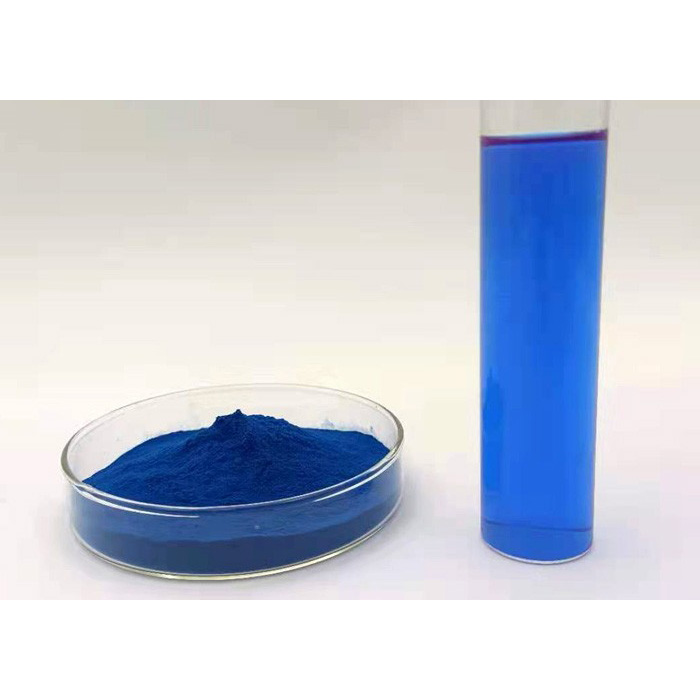
03 Artificial Colorant Replacement Solutions
Regarding this policy, our R&D team, through testing and comparison, has provided the following alternative solutions. If you need relevant samples, please contact us in time.
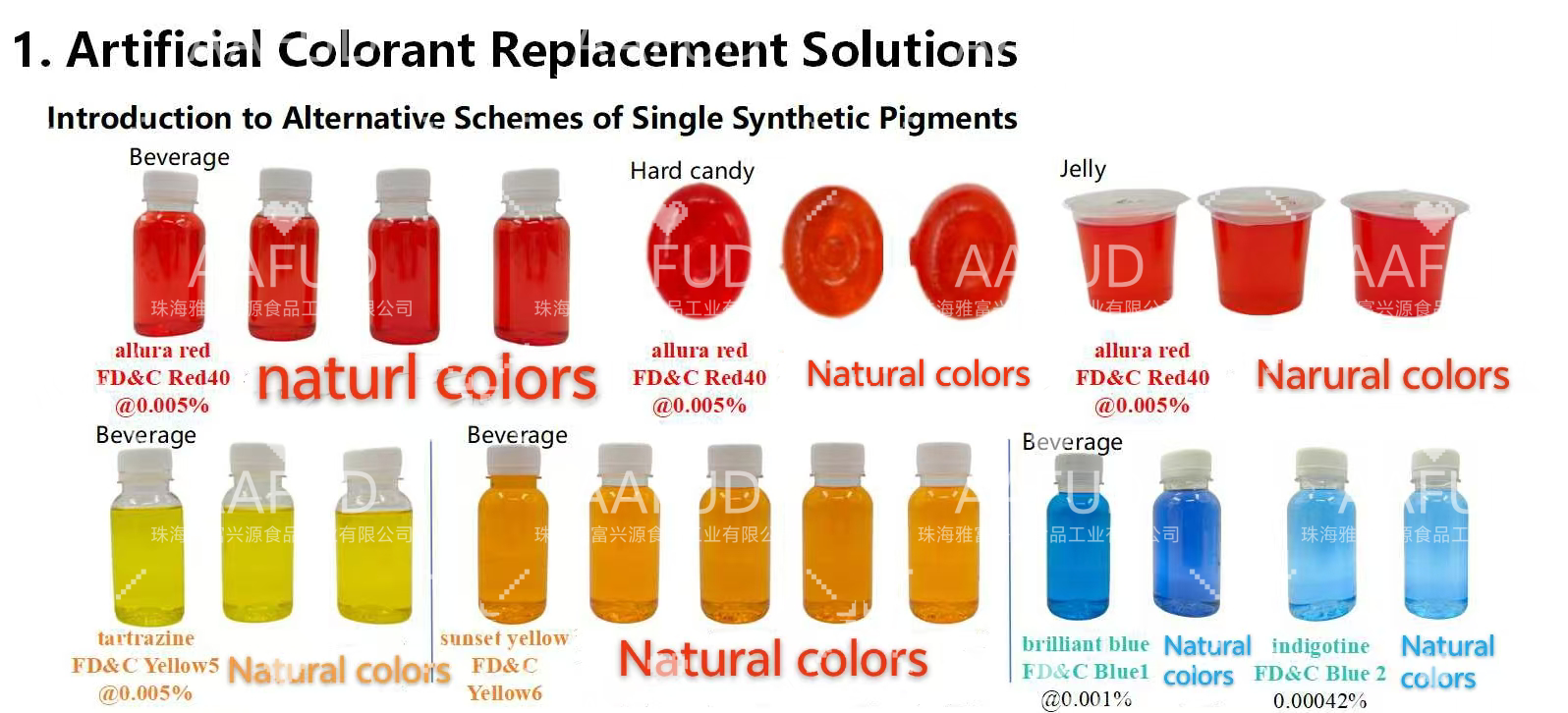
- Allura red FD&C Red40 can be replaced by carmine, radish red, etc.
- Tartrazine FD&C Yellow5 can be replaced by turmeric and gardenia yellow.
- Sunset yellow FD&C Yellow6 can be replaced by carmine+gardenia yellow, carmine+beta carotene, etc.
- Brilliant blue FD&C Blue1, indigotine FD&C Blue 2 can be replaced by algal blue and gardenia blue.
(The alternative solutions will depend on the dosage and application of synthetic pigments).


If you need relevant samples for testing, please contact us in time.
-----THE END-----


